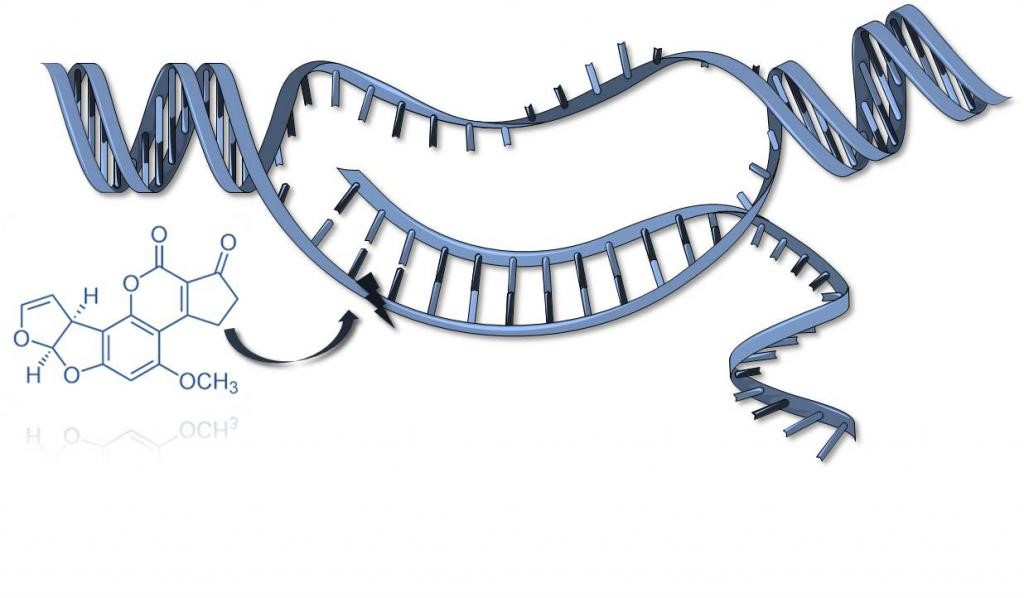|
JUOZAS LAZUTKA |
|
Bioactive molecules from natural sources play an important role in the development of nutraceuticals and pharmaceuticals. Nowadays, bioactive natural products are the sources for >80% of active compounds in foods and >30% of drugs. However, the plants may also produce natural toxic, mutagenic and/or carcinogenic compounds. The increasing demand for plant-derived natural products in cosmetics, medicine and products from the food industry requires a more systematic and comprehensive evaluation of their benefits and possible adverse effects, e.g. such as genotoxicity. However, until now, only a small part of plant species has been screened for their biological activities and genotoxic properties. There is a strong need for a more systematic and comprehensive evaluation of the phytochemical composition and genotoxicity of plant extracts using various genotoxicity assays covering different DNA damage endpoints.
Recent studies have confirmed the usefulness of biomonitoring chromosome damage in groups exposed to genotoxic agents by finding an increased risk of cancer in subjects with high levels of chromosome aberrations and thus proving the chromosome aberration assay as a reliable indicator of cancer risk. UV lasers have provided completely new possibilities for surgery and therapeutic treatments and are increasingly applied in medicine. A number of studies performed in the field of laser treatment and surgery have proved that there are femtosecond laser pulses that have advantages as compared with the longer duration pulses. Although the employment of femtosecond lasers as medical tools opens new possibilities for eye and skin treatment and surgery, the impact of their use on genetic material is not yet fully understood. Such knowledge is especially relevant to ultrashort UV pulses, because radiation in the UV range has the greatest DNA-damaging potential.
We use different methods of genotoxicity assessment (cytogenetic tests, the Ames test, the Comet assay) to investigate the genotoxic action of anthropogenic and natural factors. In collaboration with a large international group of researchers, we are studying the effects of ionizing radiation on human chromosomes. Our former and recent study established a link between the incidence of chromosome aberrations and the risk of cancer. In collaboration with industrial partners (Light Conversion Ltd., CC Akių Gydytojų Praktika), we studied the possible harmful impact of the brand-new 206 nm femtosecond laser Pharos on bone marrow, skin and corneal cells. Our investigations demonstrated that the DNA-damaging effect of laser irradiation was mostly dependent on the wavelength, but the influence of such a parameter as beam delivery to the target was also revealed.
SELECTED PUBLICATIONS
- Slapšytė, G., Dedonytė, V., Adomėnienė, A., Lazutka, J. R., Kazlauskaitė, J., Ragažinskienė, O., Venskutonis, P. R. Genotoxic properties of Betonica officinalis, Gratiola officinalis, Vincetoxicum luteum and Vincetoxicum hirundinaria extracts. Food Chem. Toxicol. 2019, 134: 110815.
- Morkunas, V., Urbonaite, G., Gabryte-Butkiene, E., Sobutas, S., Vengris, M., Danielius, R., Ruksenas, O. DNA-damaging effect of different wavelength (206 and 257 nm) femtosecond laser pulses. Photobiomodulation, Photomedicine, and Laser Surgery. 2019, 37: 254–261.
- Pukalskienė, M., Slapšytė, G., Dedonytė, V., Lazutka, J. R., Mierauskienė, J., Venskutonis, P. R. Genotoxicity and antioxidant activity of five Agrimonia and Filipendula species plant extracts evaluated by comet and micronucleus assays in human lymphocytes and Ames Salmonella/microsome test. Food Chem. Toxicol. 2018, 113: 303–313.

